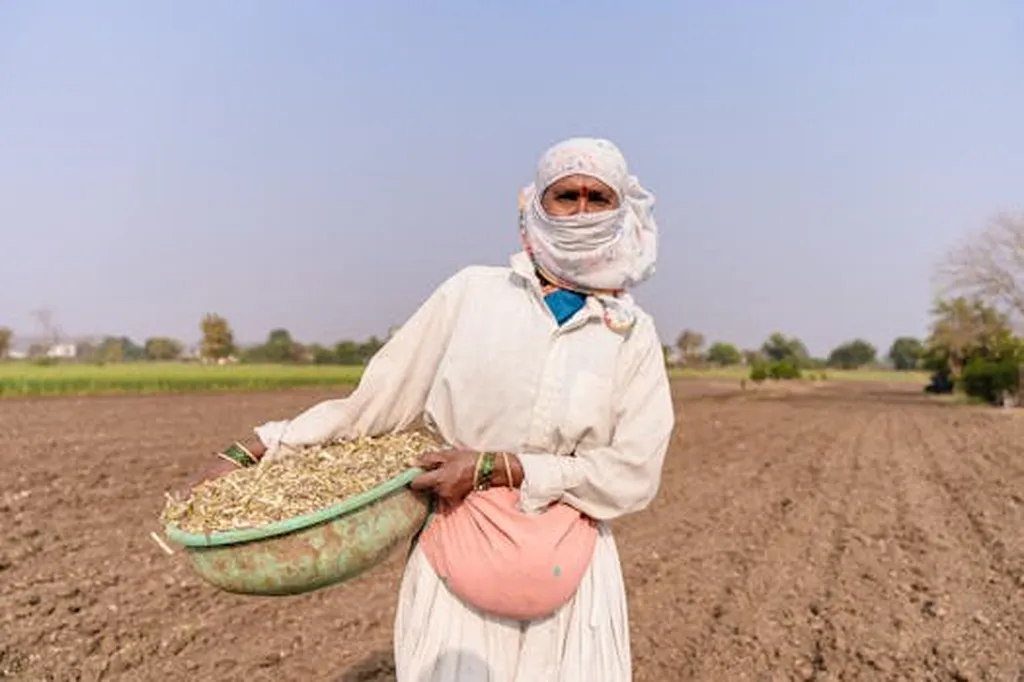In the heart of India’s agricultural landscape, a quiet revolution is taking root, one that promises to reshape the way we think about farming and labor. At the forefront of this transformation is Abhijit Khadatkar, a researcher at the ICAR-Central Institute of Agricultural Engineering, who has been delving into the world of agricultural robots and automated machinery, with a particular focus on transplanting devices.
The impetus for this research is clear: the escalating wages of agricultural labor have made manual transplanting, a drudgery-prone and time-consuming operation, increasingly unsustainable. “There is a demand for more precise application-based machinery,” Khadatkar explains, highlighting the need for automation in transplanting operations to ensure timeliness, especially during peak seasons when labor shortages are most acute.
In a comprehensive review published in ‘Discover Applied Sciences’ (which translates to ‘Otkritie Primenenie Nauk’ in English), Khadatkar and his team have systematically analyzed recent advances in robotic transplanting and automated machinery for handling nursery plants and seedlings. Their search, conducted across online databases using keywords such as “Robotic transplanter,” “Seedling pick-up device,” “Manipulator,” “Extractor,” “End-effector,” and “Gripper,” yielded 175 articles, of which 70 were shortlisted for their relevance to transplanting devices using robotics and automation mechanisms.
The review reveals that many semi-automatic transplanters have been developed, but these still require manual labor for feeding seedlings into cups, resulting in reduced efficiency. The solution, Khadatkar suggests, lies in robotic-based automatic transplanters. These advanced machines typically consist of a robotic arm or manipulator, a seedling pick-up device, an end-effector, and a vision or sensor-based system.
While the initial cost of robotic technology may be high, Khadatkar argues that its use can be justified by the non-availability of labor or the high cost of labor, as well as the need to ensure the timeliness of repetitive field operations. “Robotic technology may appear to be expensive,” he concedes, “but its use can be justified due to the non-availability of labor or the high labor cost and to ensure timeliness of repetitive field operations.”
Looking ahead, Khadatkar envisions a future where next-generation robots play a pivotal role in field applications. This research not only underscores the potential of agricultural robots to address labor shortages and improve efficiency but also hints at a broader shift towards automation in the agricultural sector. As we stand on the cusp of this technological revolution, one thing is clear: the future of farming is not just about growing crops; it’s about growing smarter.
The implications of this research extend beyond the agricultural sector, offering valuable insights for other industries grappling with labor shortages and the need for precision. As we navigate the complexities of the 21st century, the lessons learned from the fields of India could very well shape the future of work and technology on a global scale.

